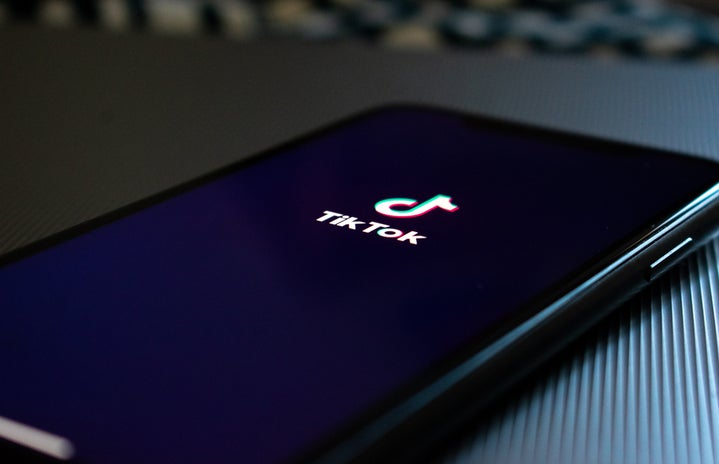Every couple of months, Tik Tok, Instagram, or Facebook churns out a new “body goal” or “weight loss miracle”. From thigh gaps, juice cleanses, the BBL look to heroin chic, the cycle just coined its brand new term: legging legs.
According to Tik Tok, legging legs are the perfect leg type for wearing leggings meaning a thigh gap, toned shins, and a big butt.
People on the internet are outraged. Mik Zazon, a digital creator who makes content regarding body image, said in a Tik Tok video, “It might be one of the most eurocentric bullshit beauty standards I’ve ever heard… Now, we have young girls out there who think that they were born wrong.”
“Do we understand that there are 15-year-old girls that wear leggings every single day that feel that they cannot wear leggings because they don’t have legging legs?” content creator, Emily Pearl, said in a video that garnered over 11 million views. “She now feels like she can’t fit into society.”
This isn’t new. Even before social media, magazines and media pushed “ideal body types” and extreme diets but now it’s inescapable.
Suppose someone wants to stay more active and searches for “beginner easy exercises” online. Social media algorithms may then start showing them content related to weight loss and dieting.
Recently, Tik Tok banned the hashtag “legging legs” and if you try to search up the term, it will refer you to the National Alliance for Eating Disorders hotline and other resources.
According to The New York Times, the hotline received a call expressing concern towards the trend on Tik Tok. The National Alliance for Eating Disorders works with social media companies to stop trends as such. The company informed Tik Tok and in less than a day, the trend was banned.
This is one of the quickest times that a social media platform has shut down a trend. Does this mean that platforms are going to finally solve their problem of boosting content that encourages eating disorders?
Probably not. The algorithm is vicious, especially to vulnerable and impressionable teens who don’t know how to spot dangerous content. Most social media currently don’t have the capability of catching an alarming trend and shutting it down before it’s too late.
There needs to be an end to this. Although, the question is whose responsibility is it to fix it: the platforms, the creators or the parents of young users?


